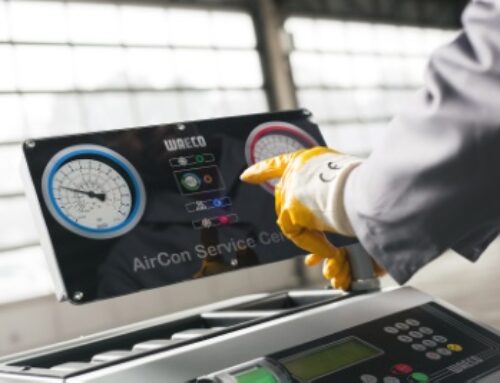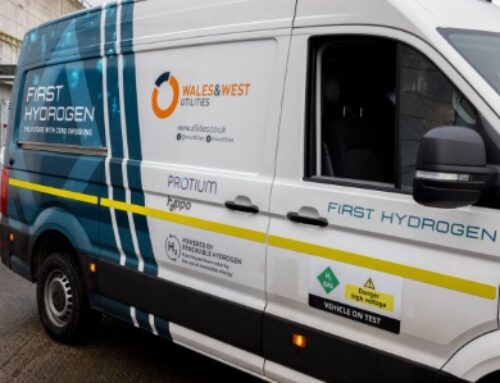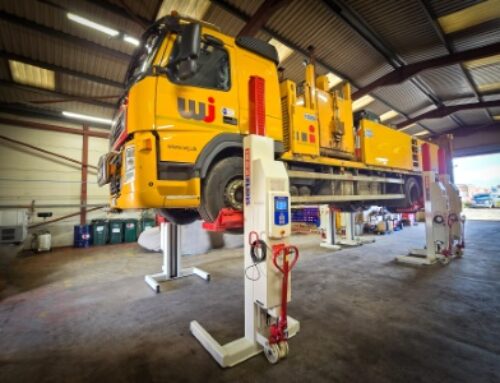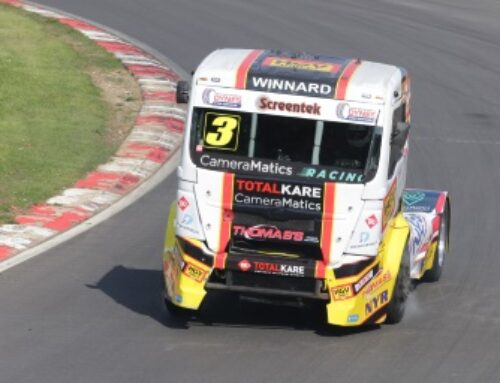Cummins to begin Euro 6-D PSV engine production
 Engine technology provider Cummins has announced it is ready to meet the next step of Euro 6 emissions control for bus and coach, with clean diesels now certified to the more stringent Phase-D regulation, following a two-year development and test programme.
Engine technology provider Cummins has announced it is ready to meet the next step of Euro 6 emissions control for bus and coach, with clean diesels now certified to the more stringent Phase-D regulation, following a two-year development and test programme.
The B4.5, B6.7 and L9 engines with a 150 to 400 hp (112-298 kW) range for PSV applications will move to full production status at the Cummins Darlington facility in the UK before Phase-D takes effect on 1 September 2019.
Introduced by Cummins at the UITP Global Public Transport Summit taking place in Stockholm, Sweden (9-12 June), the Euro 6 Phase-D engines achieve nearer-to-zero emissions, representing an incremental step towards Euro 7 regulations, anticipated to take effect after 2025.
The Phase-D regulations are particularly relevant for bus operations, says Cummins, as they focus on tighter control limits for nitrogen oxides (NOx) emissions during lower speed city operations, as well as under cold engine start conditions.
In addition to emissions test cell verification, the Phase-D regulations require on-road testing to capture real-world measurement. Duty cycle-based testing using high precision Portable Emissions Measurement systems (PEMs) installed on Cummins-powered buses has indicated a 25 per cent reduction in NOx emissions, compared to the Phase-A engines when Euro 6 was first introduced in 2015.
“With exceptionally low NOx emissions, our latest Phase-D products will help bus fleets improve air quality and align with the recent arrival of the London ultra low emission zone and other clean air zones being established in cities across Europe,” said Ashley Watton, Cummins director for on-highway business, Europe.
“To achieve Phase-D certification we focused on the emissions control logic and developed a new algorithm for the management system. By refining and retesting the software over a two-year period, we were able to avoid making any hardware change to the engine or exhaust aftertreatment.
 “Phase-D development work required a substantial investment by Cummins, but it does mean our customers retain the benefit of a proven product with identical performance to those they experience today.
“Phase-D development work required a substantial investment by Cummins, but it does mean our customers retain the benefit of a proven product with identical performance to those they experience today.
“In terms of vehicle integration, this is no need to re-engineer the Euro 6 installations as our Phase-D engines offer a seamless, drop-in solution,” added Watton.
The nearer-to-zero emissions benefit of Phase D certification will extend to the hybrid-adapted versions of the widely used Cummins B4.5 and B6.7 engines, which the firm says will help bus manufacturers across Europe on the road to electrification and fleet decarbonisation.
When integrated within a diesel-electric driveline, the 4.5- and 6.7-litre clean diesels can reduce fuel consumption and related CO2 emissions by as much as 33 per cent.
For conventional diesel bus drivelines, Cummins engines featuring Stop/Start technology will also move forward to Phase-D, saving fuel and greenhouse gas emissions by virtually eliminating engine idling at bus stops.
Since the initial Phase-A introduction of the Euro 6 regulations, Cummins engines have undergone continuous improvement to meet successive phases with more advanced emissions control technology. The current Phase-C engines, introduced in 2016, were also upgraded with enhanced power output and torque.
The four-cylinder B4.5 with up to 210 hp (157 kW) output is said to improve vehicle responsiveness with an increase in both low-end and peak torque from 760 to 850 Nm. The six-cylinder B6.7 increases the top rating to 300 hp (224 kW) for bus, with peak torque increased to 1,200 Nm available at 1,000 rpm. The highest bus rating of the L9 increased from 330 to 370 hp (239-276 kW) with a rise in peak torque up to 1,600 Nm.
Enhanced engine robustness results from upgraded components, the firm adds, as well as improved operation of the DPF-SCR aftertreatment, based on experience gained from a Cummins-powered Euro 6 population approaching 25,000 buses in-service.
“As Cummins hybrid-adapted expertise and clean diesel optimisation work continues to progress, this will provide operators with the energy choice they need alongside natural gas, battery-electric and other emerging technologies from Cummins,” said the company.











